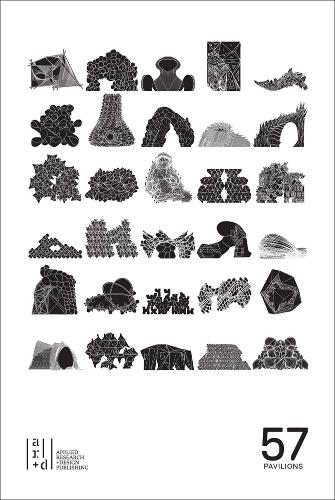
57 Pavilions
(Paperback)
Publishing Details
57 Pavilions
By (Author) Andrew Saunders
Contributions by Winka Dubbeldam
Contributions by Mohamad Alkhayer
Contributions by Ezio Blasetti
Contributions by Danielle Willems
Contributions by Michael Loverich
Oro Editions
Oro Editions
26th September 2018
United States
Classifications
General
Non Fiction
729
Physical Properties
Paperback
200
Width 153mm, Height 227mm
Description
57 Pavilions is a 21st century manual documenting architectural design research at PennDesign examining new potentials for part to whole assemblies where experiments in material expression, morphology, performance and culture fuse with advanced digital design processes and fabrication to produce full-scale architectural consequences. Through the presentation of 54 half-scale pavilion projects and three full-scale pavilions a novel approach is laid out for generating higher ordered physical assemblies. The formations produce a new role of parts, material processes, and aggregations yielding a more autonomous character as discrete objects in a larger assembly. As the pavilion research moves into the world in full-scale installations, these new part to whole relationships provoke unexpected engagement with occupants, the environment, and the larger cultural context. AUTHOR: Andrew Saunders is an associate professor in the Architecture Department at PennDesign and maintains a design research practice Andrew Saunders Architecture + Design. He is the coordinator of graduate Architecture studios and the Pavilion Project at PennDesign. His current practice and research interests lie in computational geometry as it relates to aesthetics, emerging technology, fabrication and performance. He received his Masters in Architecture with Distinction from the Harvard GSD. 180 colour images
Author Bio
Andrew Saunders is an associate professor in the Architecture Department at PennDesign and maintains a design research practice, Andrew Saunders Architecture + Design. He is the coordinator of graduate Architecture studios and the Pavilion Project at PennDesign. His current practice and research interests lie in computational geometry as it relates to aesthetics, emerging technology, fabrication and performance. He received his Masters in Architecture with Distinction from the Harvard GSD.
